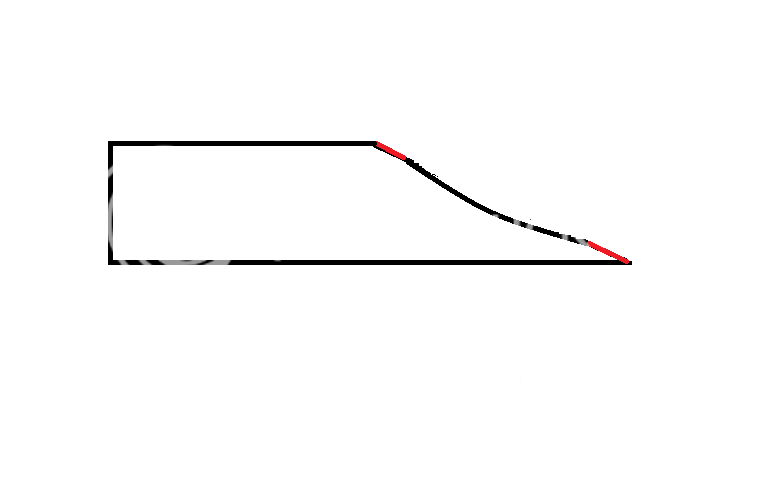Blimey - I didn't expect all this response! It's a good sign that the hollow/flat bevel discussion at least ended up cordial and courteous, though.
Corneel":3ra0ip3o said:
Nice find Chappie. But I don't think that is exactly what Mike was refering to in that other thread. 0.05 to 0.5 mm deep cracks aren't exactly "micro". These are quite catastrophic defects that should be avoided at all costs, and would result in very visible nicks in the edge when the tool is used.
Anyway, light pressure, coarse, friable wheels and easy on the temperature is still good advice of course. And grinding through the edge is really not neccessary. Quit grinding a hair from the edge and do the rest on the benchstones.
Corneel - you're quite right that micro-cracking doesn't answer Mike's point in the other thread; it was something I came across whilst researching tool steels, metallurgy and grinding generally, and thought that whilst it isn't really something you NEED to know in order to grind an edge, it's useful background information about what can happen during grinding. That's all really. I just thought I'd post it for general interest, because I hadn't come across it before, and thought others might not, either.
-----
On the hollow grinding using small wheels, I found with the little 4" hand crank that it's best not to engage the whole bevel on the wheel periphery, but aim for something nearer a flat grind by moving the tool around. You can't do that easily if you're jigged up (such as with a Tormek used with jigs) but you can if you freehand. You'll never get a perfectly flat bevel, but you can remove enough from the bevel to allow you to hone a 30 degree secondary.
If you think about a surface grinder, they use a round wheel to generate flat surfaces, by guiding the workpiece past the wheel. On a small-wheel offhand grinder, you can do the same thing (though clearly not to the same level of precision). With a bit of care and monitoring of progress, you can easily get a good enough primary bevel without much hollowing just by moving the tool up and down a bit as well as side to side. I do this on the Tormek as well these days - saves time setting the tool in a jig. You have to monitor squareness of wider tools like plane blades, but that's very easy if you just keep a 3" engineer's square to hand.
That solution wouldn't suit everybody, of course - a bit 'free' for some. But it can work - well, it works for me, anyway.

































